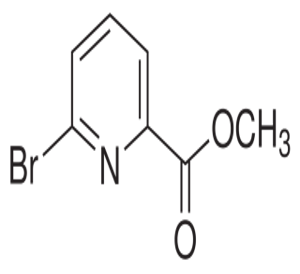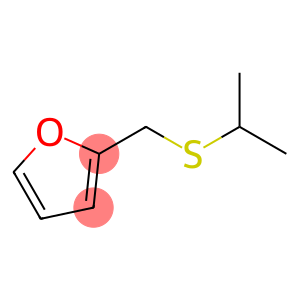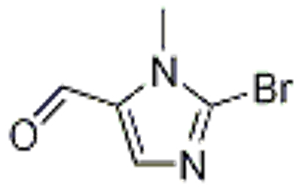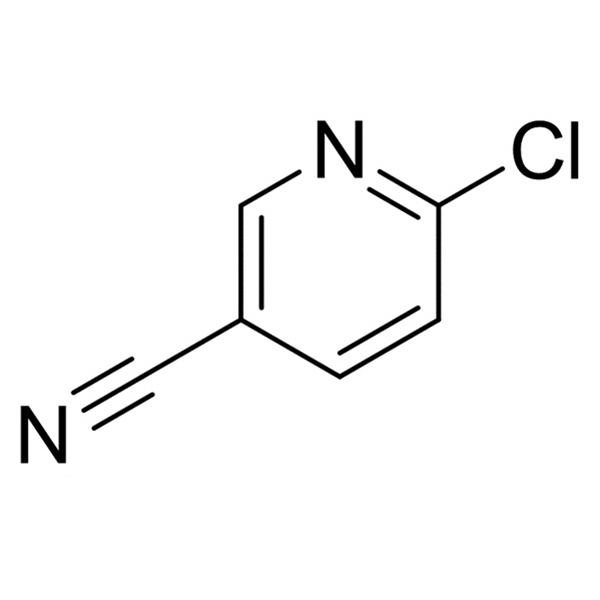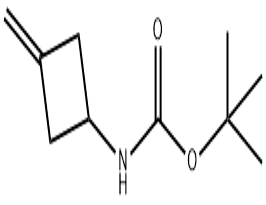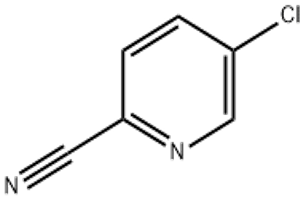6-bromopyridine-2-carboxylic acid methyl ester(CAS# 26218-75-7)
| Hazard Symbols | Xi – Irritant |
| Risk Codes | R37/38 – Irritating to respiratory system and skin. R41 – Risk of serious damage to eyes |
| Safety Description | S26 – In case of contact with eyes, rinse immediately with plenty of water and seek medical advice. S39 – Wear eye / face protection. |
| WGK Germany | 3 |
| HS Code | 29333990 |
| Hazard Note | Harmful/Irritant/Keep Cold |
Introduction
Methyl is an organic compound with the following properties:
1. Appearance: It is a colorless to light yellow liquid.
2. Molecular formula: C8H7BrNO2.
3. Molecular weight: 216.05g/mol.
4. Solubility: It is soluble in organic solvents such as ethanol and dichloromethane, insoluble in water.
5. Melting Point: about 26-28 ℃.
Its Main uses include:
1. Organic Synthesis: Methyl is often used as an organic synthesis intermediate for the synthesis of a variety of organic compounds.
2. Pesticide research: It is also used in pesticide research as a synthetic precursor for pesticides.
Method:
Methyl L can be prepared by the following steps:
1. First, 2-picolinic acid (Pyridine-2-carboxylic acid) is reacted with methylisium bromide (methyllitium) to generate 2-methyl-pyridine (Methyl pyridine-2-carboxylate).
2. Then, 2-Methyl formate pyridine is reacted with brominated sulfoxide (Sulfuryl bromide) to obtain methyll.
Safety Information:
1. The storage of Methyl L should be carried out in a well-ventilated place, avoiding direct sunlight.
2. When in use, should wear protective gloves and glasses, avoid direct contact with skin and eyes.
3. In the process of manipulation should avoid inhalation of its vapor, need to operate in a well-ventilated laboratory conditions.
4. In case of accidental contact or inhalation, rinse immediately with plenty of water and seek medical attention.


